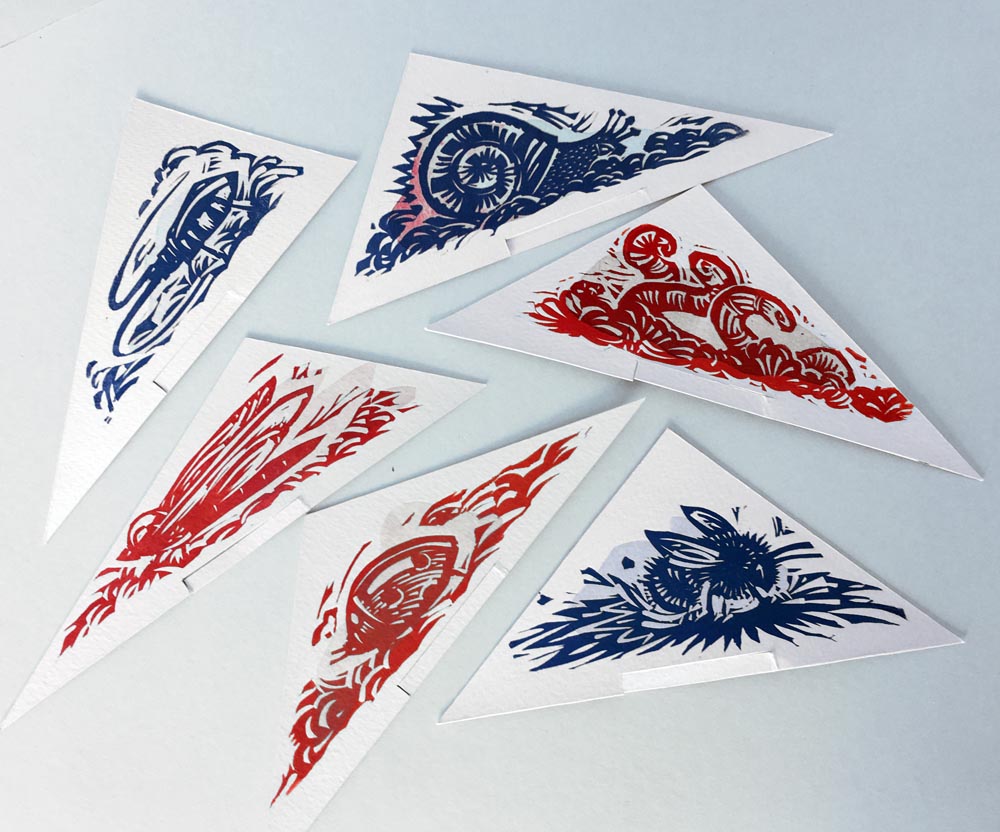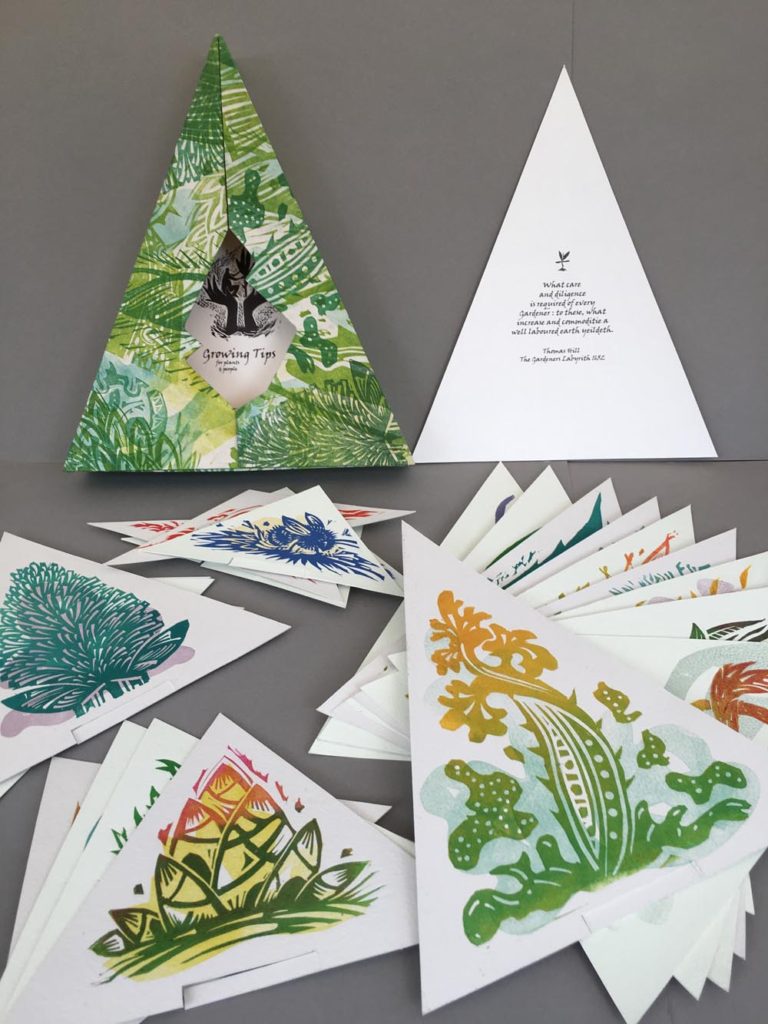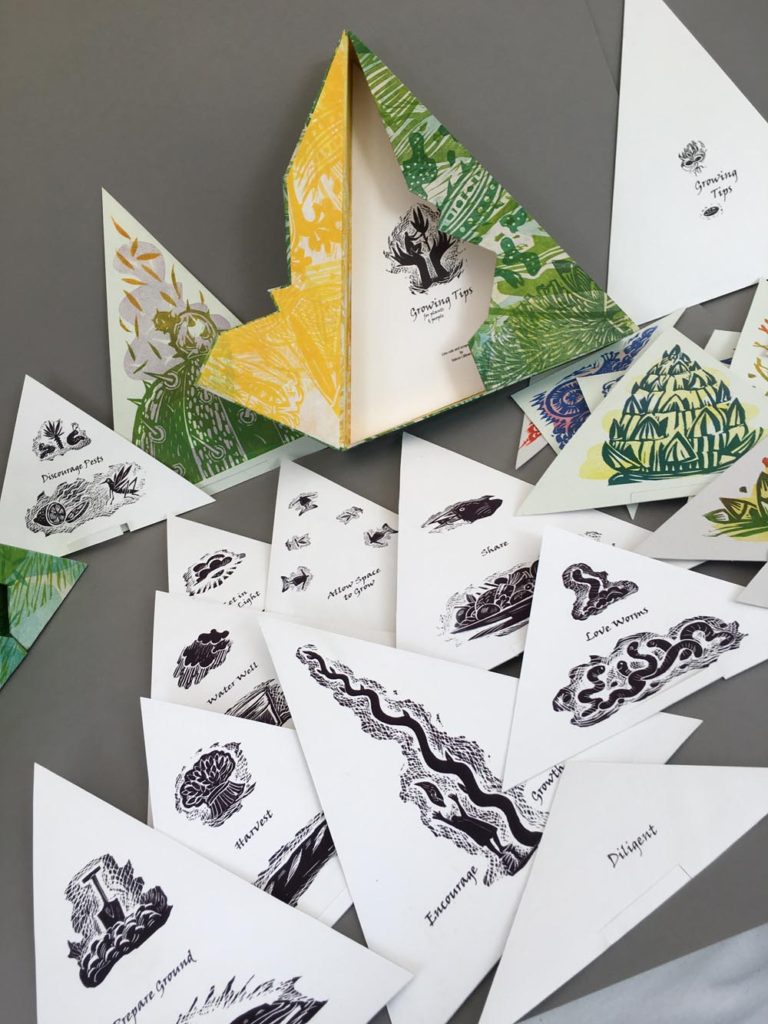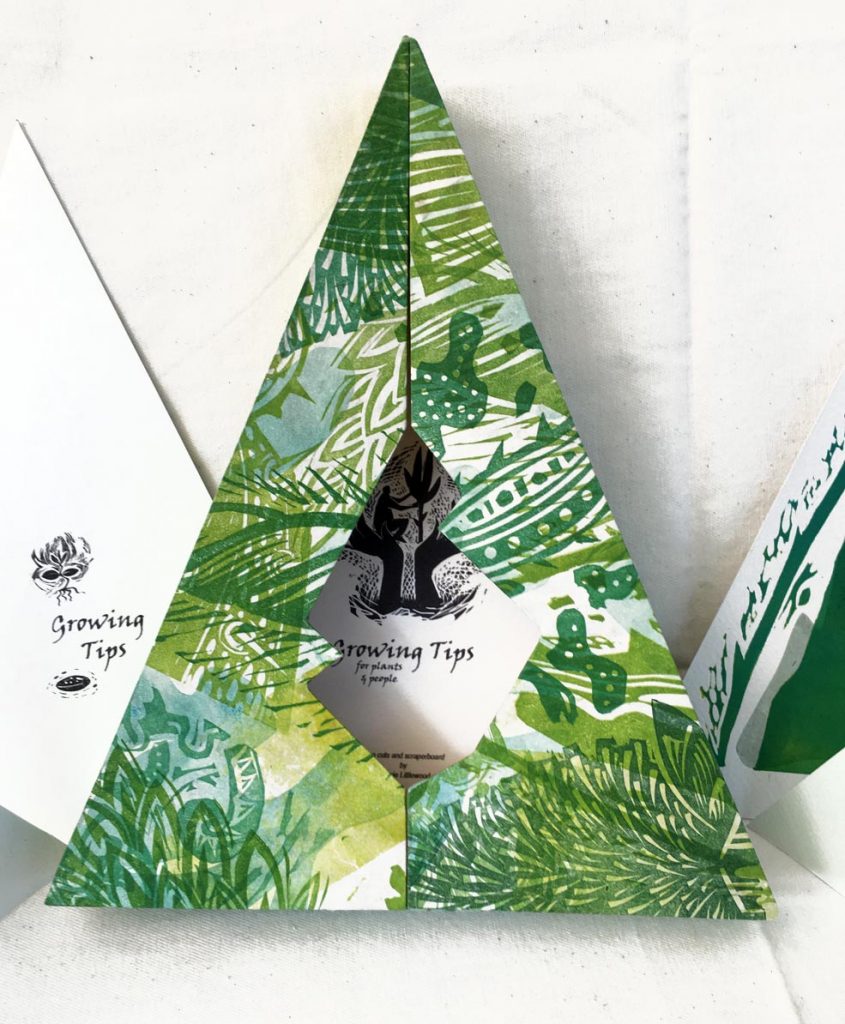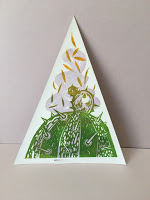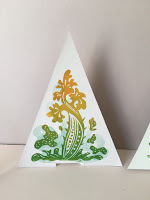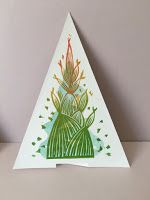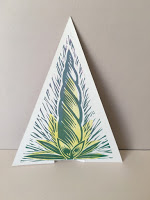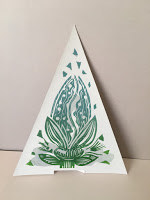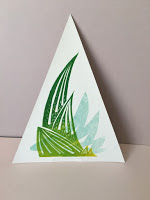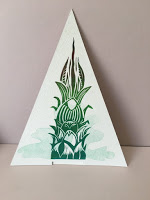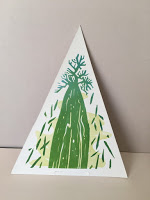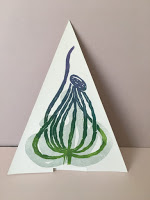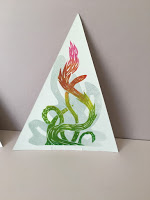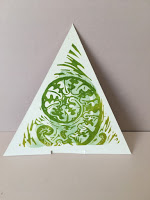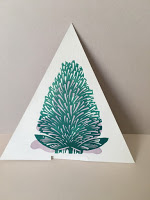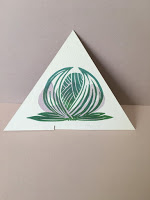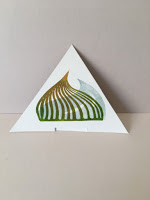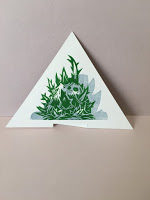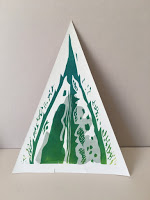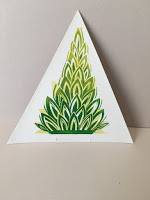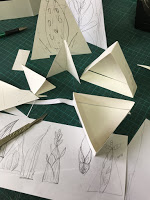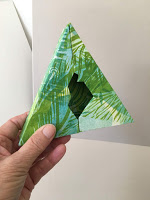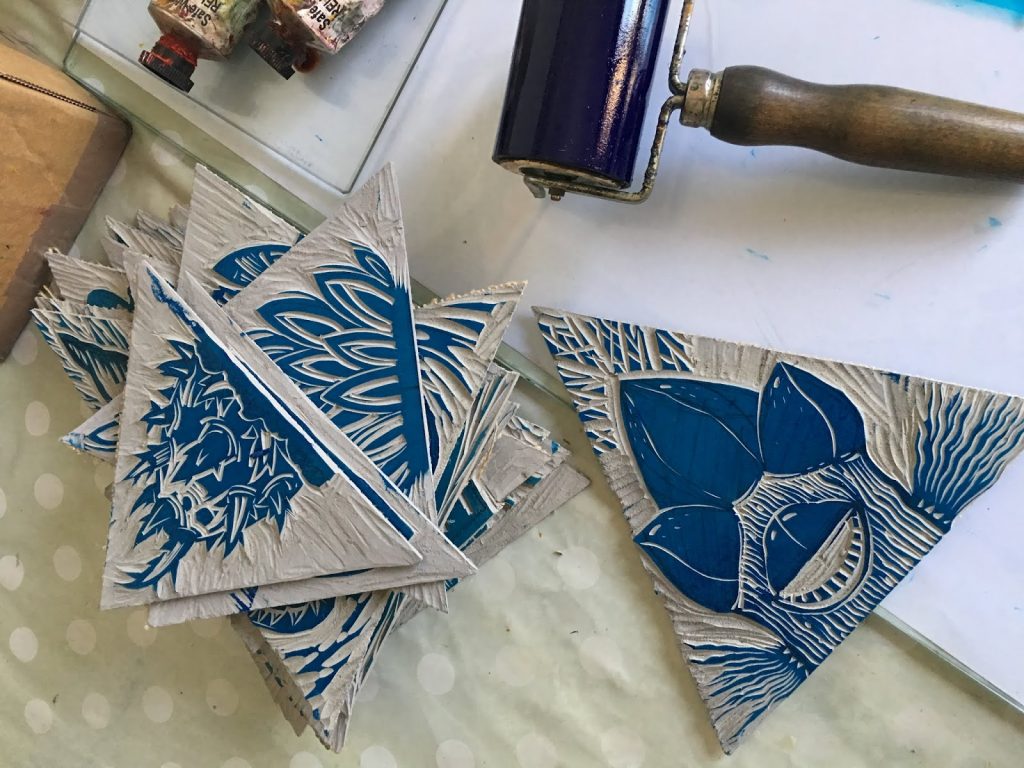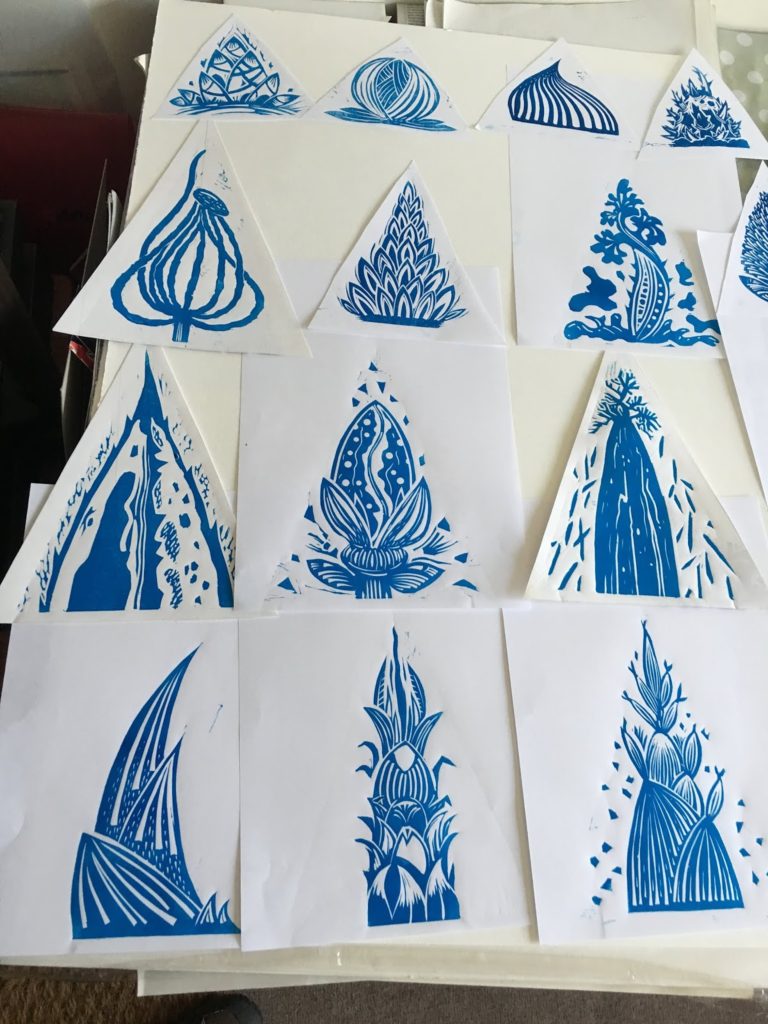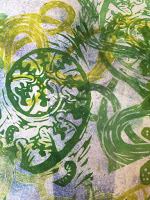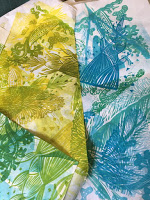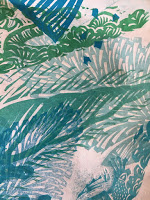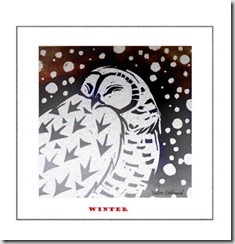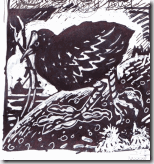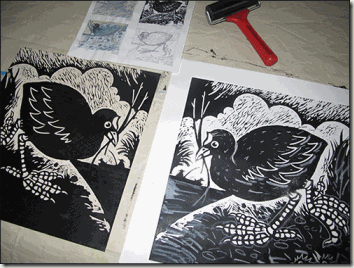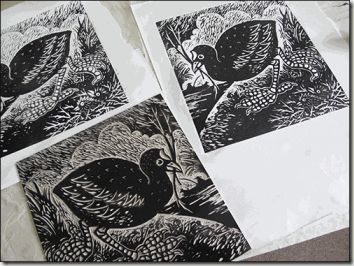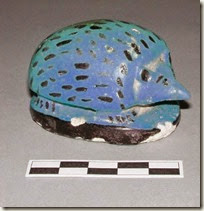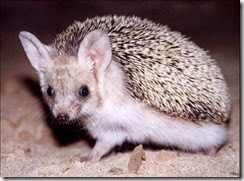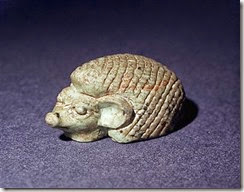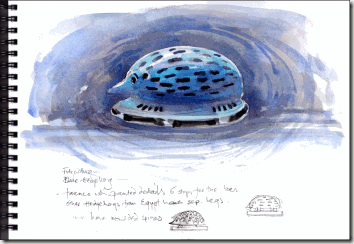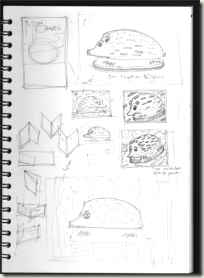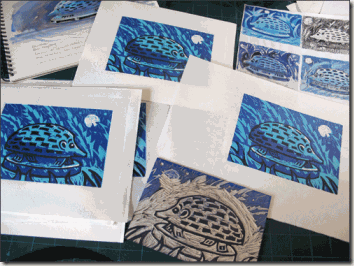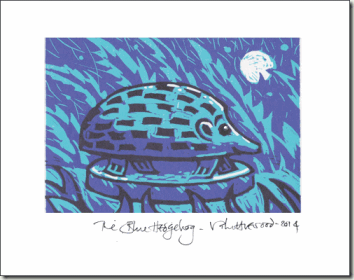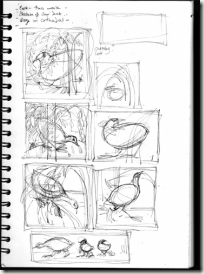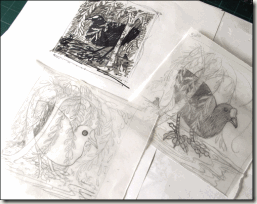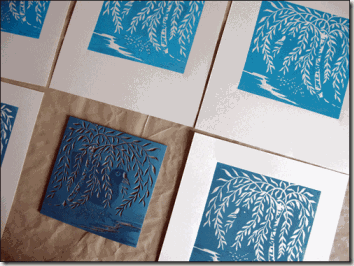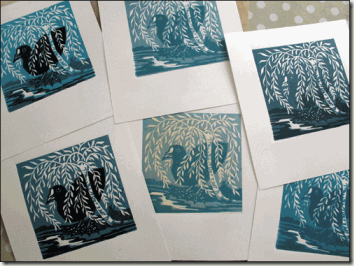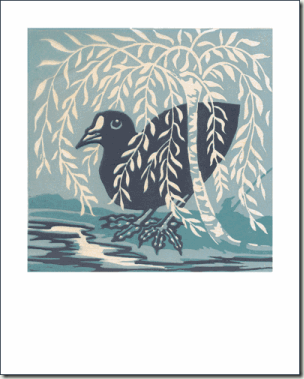The word “Tip” has several meanings. The tip of something, advice in small chunks and to incline. So I decided, on the reverse of the lino plant tips, to make some small illustrated “tips” about how both humans and plants might flourish. We need very similar things really, plants and us; light, water, care, space, nourishment etc etc.
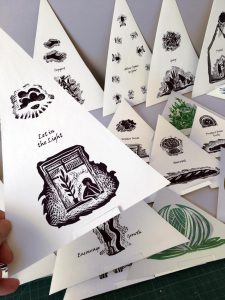
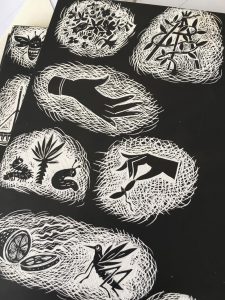
In any garden there are also pests and helpers.. as there are in human life too! So these had to be added. 🙂
The reverse side illustrations were done on scraperboard and scanned and printed alongside the type. It was very simple in one way but the construction was not so easy. I tried different card weights and stocks, printing on different papers and trying adhesives until I had a compromise which worked well.
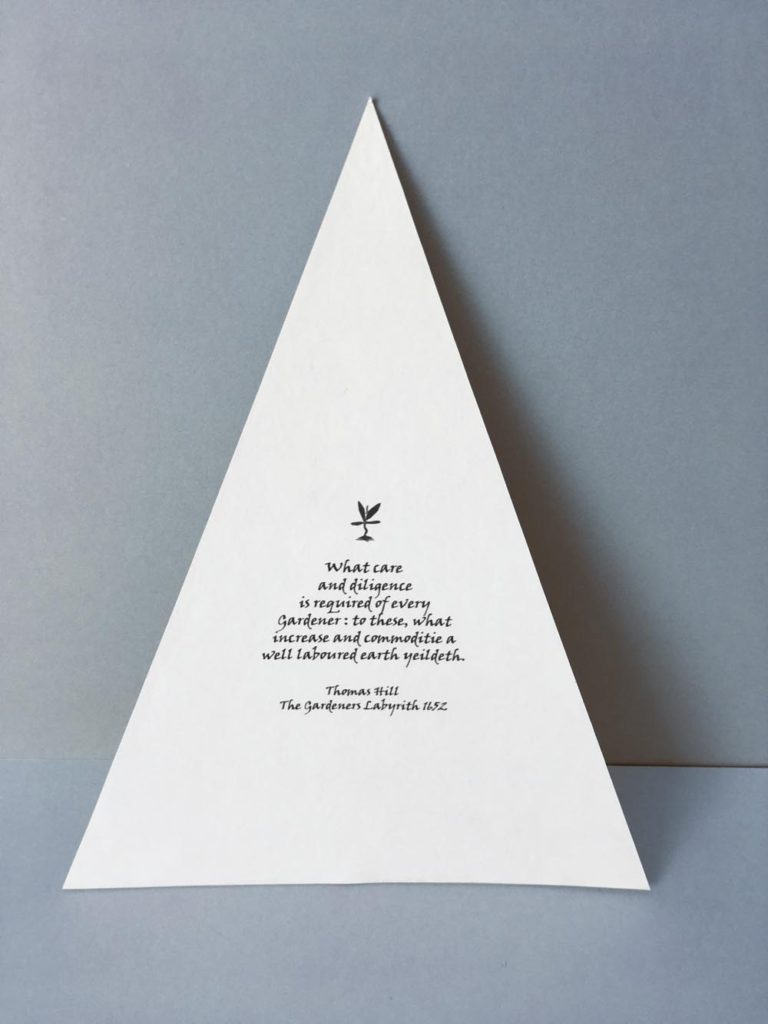 |
The text for the first page of the tips is from the wonderful Gardeners Labyrinth by Thomas Hill 1653. A very favourite old gardening text book of mine.
“What care and diligence is required of every gardener: To these what increase and commoditie a well laboured earth yeildeth”
How very true...A little TLC goes such a long way with both plants and people.
I printed the linos on 300 gsm watercolour paper and the text and illustrations on a medium weight photo quality computer paper. Then laminated these onto the lino tips which gave them enough strength to enable them to stand up once the small stand slots were cut in the base.
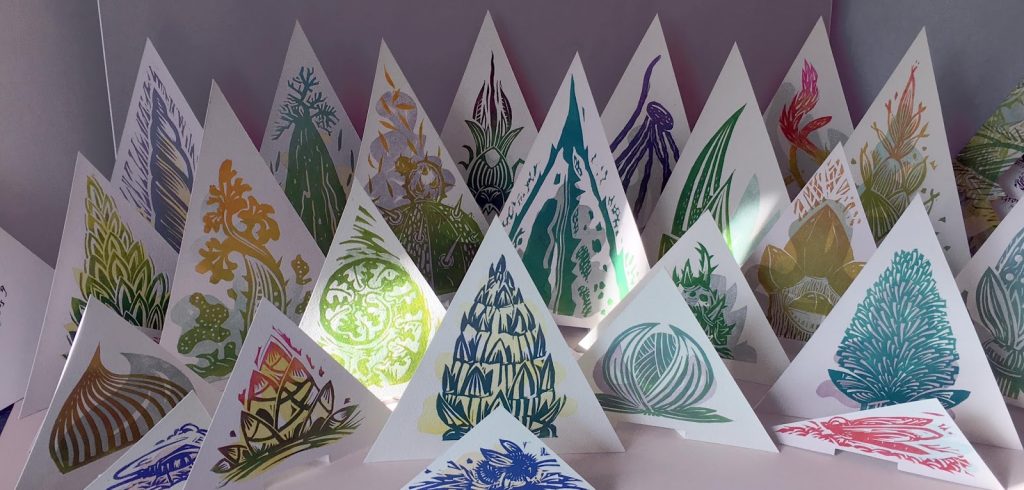 |
| Growing Tips |
I printed lots of papers to cover the box. The trickiest bit was getting the points of the cover to meet nicely at the top of the triangle. But it closes fine and quite neatly, allowing the title to be seen through the front aperture. The inside of the box is yellow…. nice!
Here is a gallery of the tips and their “tips” 🙂
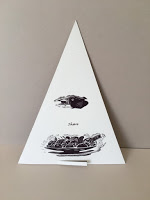
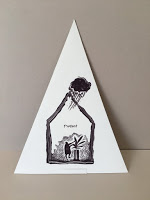
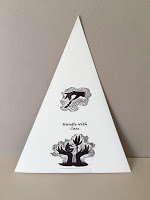
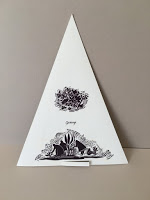
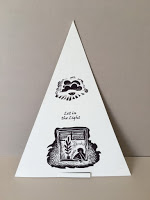
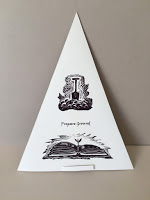
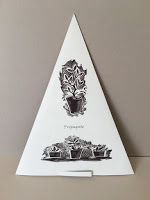
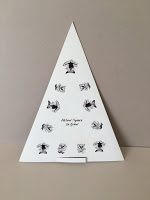
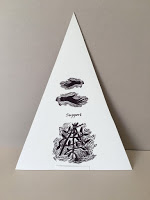
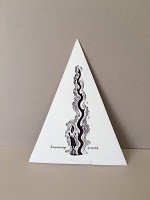
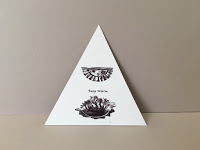
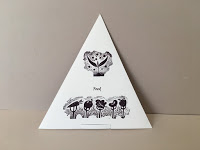
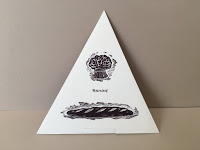
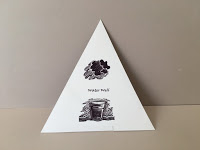
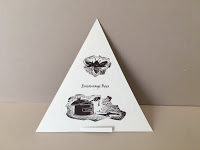
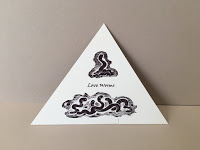
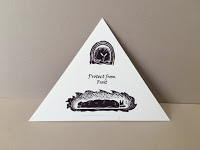
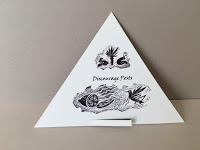
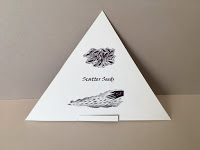
One project resolved…. about 50 more to go. The list of projects I want to do gets longer as the time I have gets shorter ! Oh so MUCH to do!
Again I have to thank Sue Doggett at City Lit boookbinding for advice and encouragement! She did say that a triangular box would be tricky.. she was right!

